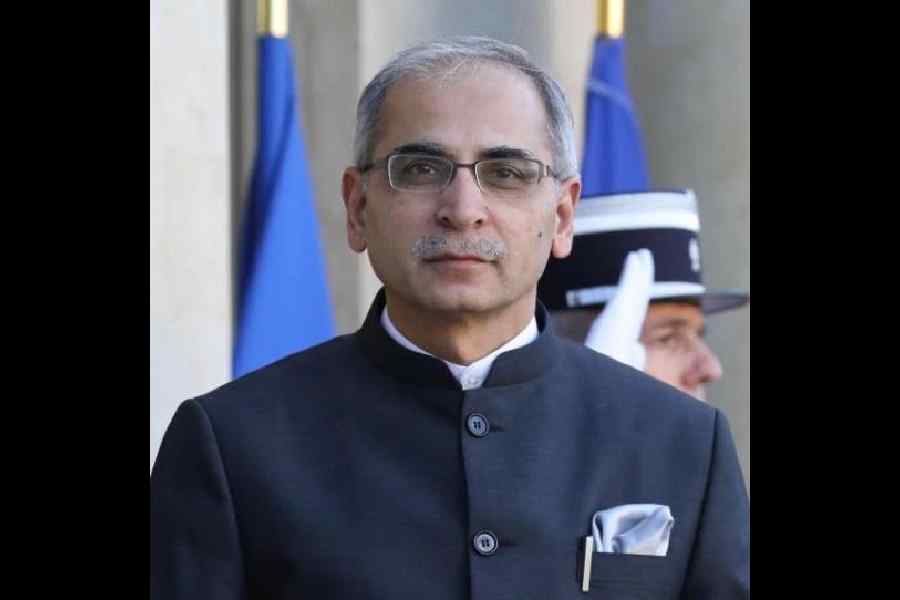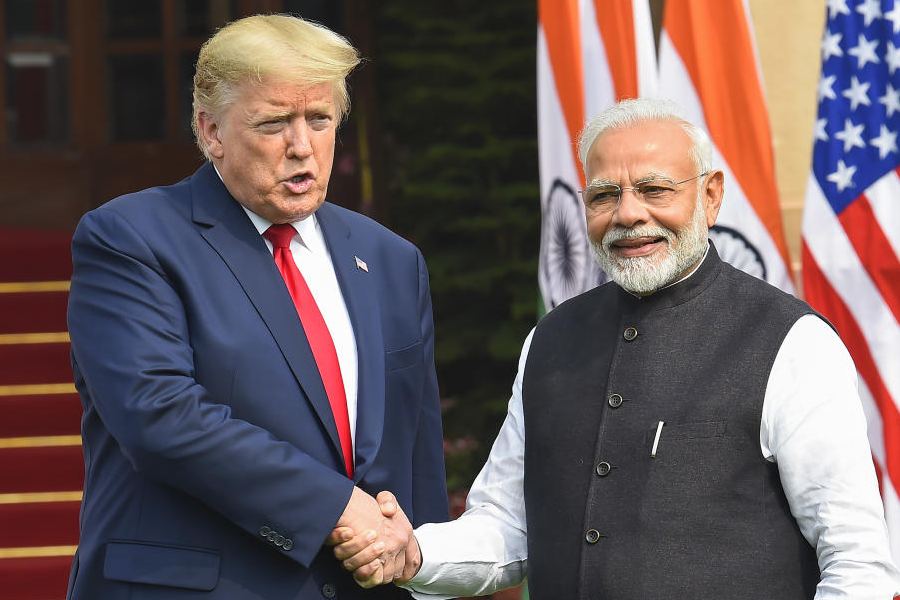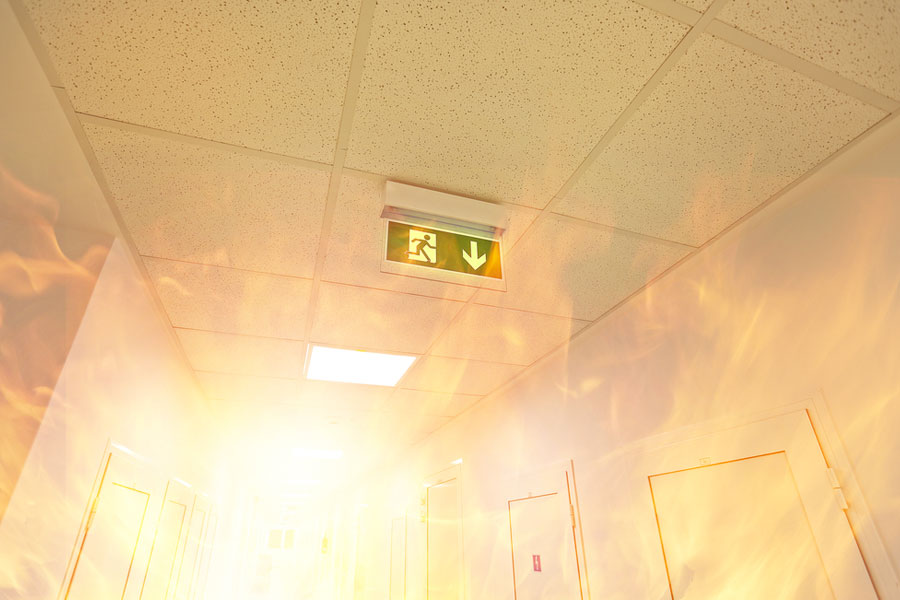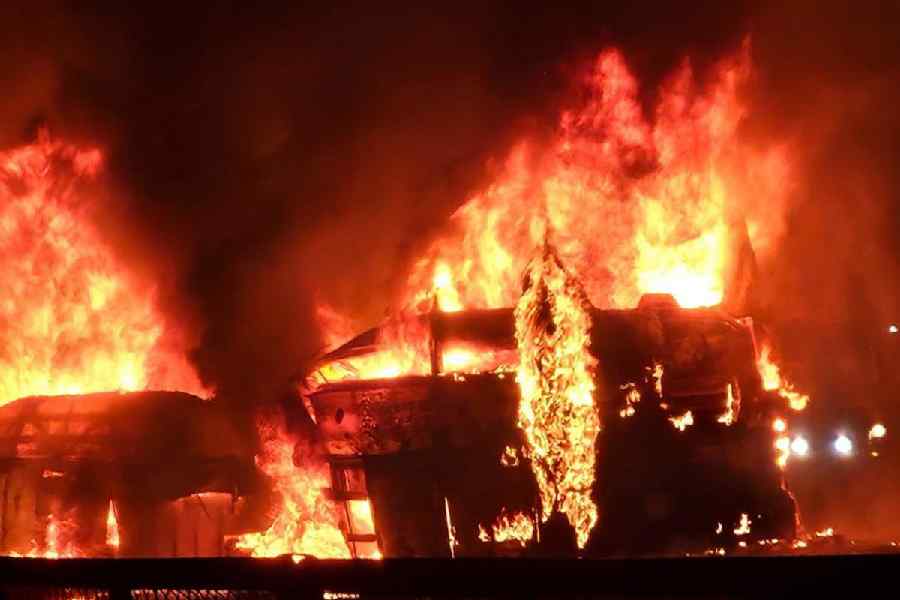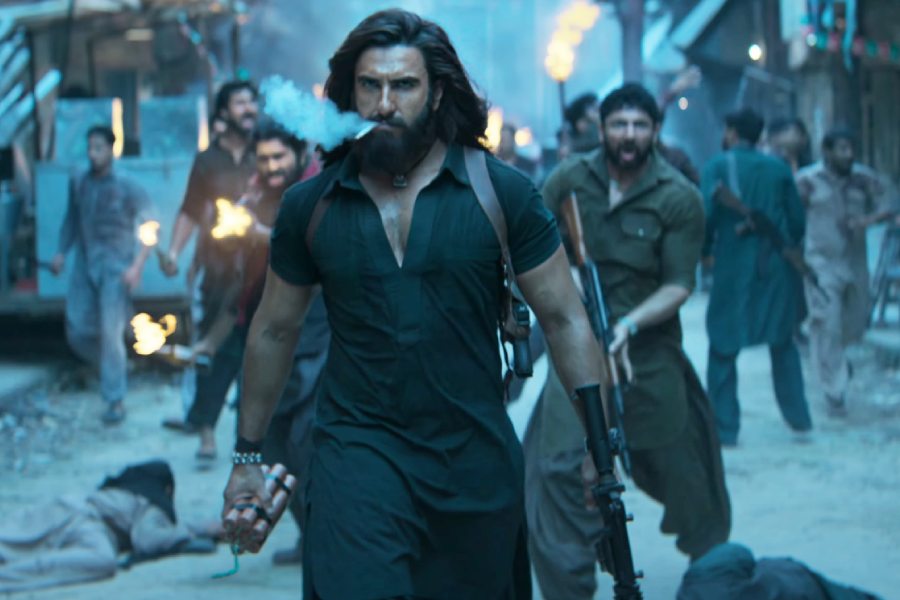
Mercedes-Benz India CEO Roland Folger talks to t2 about taking the technology lead in the auto industry by launching the Bharat Stage VI compliant S-Class and the way his company’s planning to go. Excerpts.

What made you bring in Bharat Stage VI emission compliant cars in India now?
On December 26, 2015, we had a ban on diesel-engine cars for the first time and that affected volumes in a big way. And there was no clear understanding of why that happened or how that was supposed to improve the overall air situation in Delhi and NCR. From there we took the cue to find out how we can avoid the recurrence of such an issue.
Then, later, when the government announced on April 1, 2017, that Bharat Stage IV fuel will be available pan-India (previously it was BS III fuel outside some designated areas), we took that as the starting signal to work on introducing technology.
In Europe we have had Euro VI, which is equivalent to BS VI, for 10 years now. So we are getting the fully-developed engines and components into India from Germany and downspeccing it (to BS IV standards), so to speak. So we are spending money and time in making a great engine more polluting. That goes a little bit against our understanding of what our responsibility is. So, with BS IV fuel, we really saw a chance to make Euro VI and BS VI work here.
How much of this development was done in India?
It was partly done in India and partly abroad. In Pune, Automotive Research Association of India (ARAI) was the testing site. We put a lot of emphasis on the fact that we would only come with this to the Indian marketplace if we had full support and approval of the ARAI. The support naturally came from Germany for the engine development and also from Mercedes-Benz Research and Development India in Bangalore, although I can’t tell in exactly what percentages.
Will the costs come down when BS VI fuel becomes available?
The costs will indirectly come down because of the switch from BS IV to BS VI fuel. You will not bring down NOX or sulphur content in the emissions. But what you will bring down by 15 per cent is the fuel consumption and, thus, carbon dioxide emissions.
What’s your roadmap for introducing electric vehicles?
Worldwide, we are planning to introduce vehicles based on our EQ concept as early as 2019. Three years later, by 2021, it is going to be nine or 10 different full-electric vehicles that we will launch on a worldwide level with ranges of 500km and above.
The question is: How can we apply that to India? The big challenge is the Indian government expectation that we also produce them locally. And if the volume is not there it does not make sense to do that. So it only makes sense if we can create an additional layer of vehicles that will bring in additional customers and not be disruptive to the existing business because there’s going to be five-10 years when we would have to have two technologies in place.
You were saying you could do about 25 per cent in electrics by 2025…
There is no fixed planning for it because at the moment we don’t have any pricing, we have no structure on customs (duties) or anything else. But that 25 per cent by 2025 is something that we as a company perceive as being the number also around the world. Why should India be different?
You’ve sold 15,000-plus cars last year. What has been your big sellers?
The E-Class and the GLC, these two at the moment are our main drivers of growth.
What’s your growth expectation for this year?
We still believe in a two-digit growth, but projections are difficult to make. We don’t know what’s going to come…
How soon would you launch more BS VI models in India?
Every diesel model that will come from now on will be Bharat Stage VI compliant. Intermittently, we will also address that with petrols. But the biggest challenge in BS VI is diesel. That’s also the highest jump in technology and so, indirectly, in costs. But the commitment is that we will be entirely BS VI by the end of 2019.


